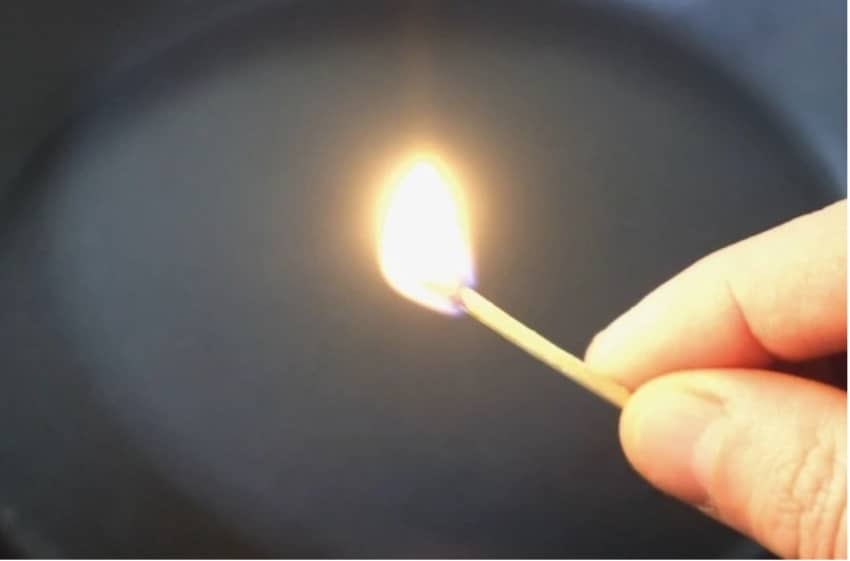Last of Japan-made matchbooks to end production this month
12 June, 2022

There was a time when walking into just about any place of business such as a restaurant or hotel, you’d be greeted by a bowl full of little paper folders containing a row, or rows, of flammable tipped sticks. Useful for pretty much all your fire-based needs, these matchbooks were once a great way for companies to add a little subtle advertising into your life.
But it just dawned on me that I probably haven’t seen a matchbook in well over a decade at least. They just seemed to vanish so subtly over time that it largely went unnoticed. In fact, the only reason it came to my attention was a recent tweet by Japanese match producer Nittosha.
At first it may sound like Nittosha is being overly melodramatic, but their passion for matches might make more sense in historical context. In the latter half of the 19th century, just as Japan’s Meiji Restoration was gaining momentum and various cultural imports were entering the country, matches became a huge business. Production facilities were set up mostly in Hyogo Prefecture, where Nittosha was also founded in 1923.
By the first half of the 20th century, Japan had grown into one of the biggest exporter of matches in the world, along with the USA and Sweden. However, following World War II, the use of matches began to give way to lighters for individual consumers.
Matches were far from giving up though, and producers here adopted the American development of the matchbook, giving the industry a major boost with a new promotional item that all kinds of businesses would buy in bulk. This continued until 1973, when match sales in Japan were said to have peaked. After that, the advent of disposable lighters began to eat away at the portable fire market share year after year, and match have reportedly plummeted 99 percent since the high-water mark in ’73.
It’s understandable, though, for Nittosha to still hold a match-lit candle for the fond memories of when matches were a major part of the Japanese economy, and the good news is that this isn’t the end for them. Although they’ve discontinued matchbooks, they will still produce matches in other types of packaging which still have their uses, especially as a part of disaster kits.
Safety matches sold in boxes are still widely used for lighting ceremonies such as funerals and memorials.
There’s also a chance that someone might import matchbooks to Japan, but that will likely be a rarity. So, if you happen to have a Japanese matchbook, take good care of it, because it’s very soon to be history.
Source: japantoday.com
TAG(s):
